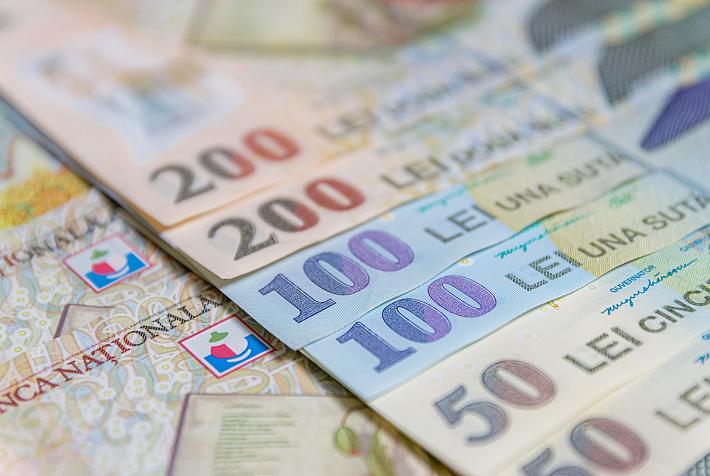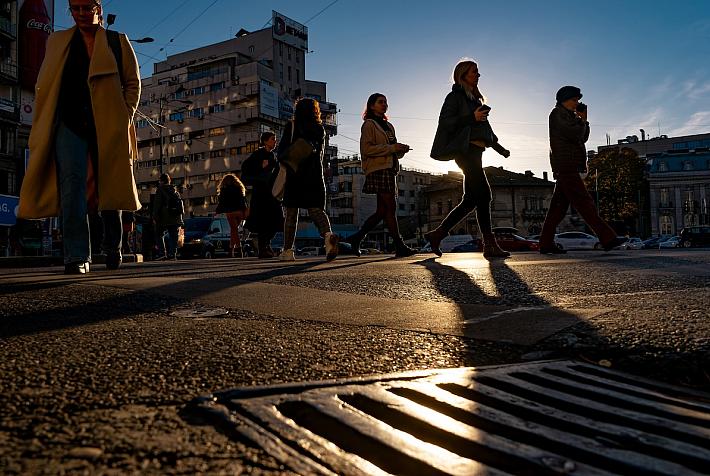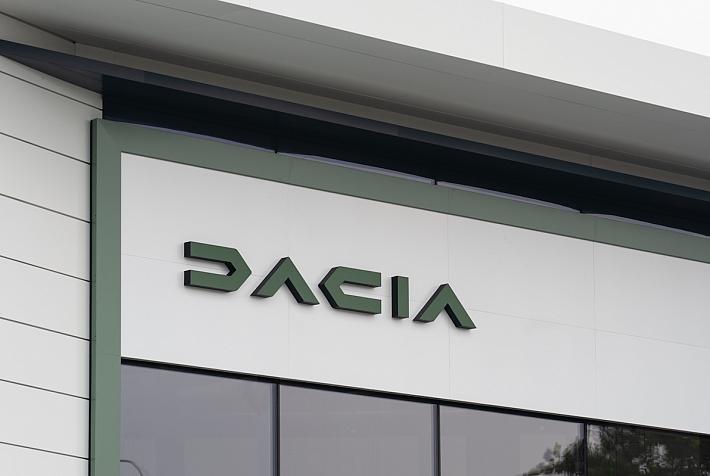Romania travel: Cycling routes to try this summer

Beautiful landscapes, less-traveled paths, and cultural and historical landmarks are all some of the things that a cycling trip can bring. With many parts of the country lending themselves to being discovered by bike, we outline below some of the available options.
In Mureş county, one available tour takes those interested from Târgu Mureş to Gornești, where they can visit the Teleki Castle. The castle, built in the Baroque style in the 18th century, was reintroduced into the tourist circuit in 2011, after it was returned to its owners, the Teleki family. Visitors can also see in Gornești the Gothic-style Reformed church, built in 1456, while nearby localities also host several historical landmarks: the Teleki castles in Glodeni and Dumbrăvioara, the Bálintitt castle in Ernei, the Máriaffy castle in Sângeorgiu de Mureș, and the Zichy mansion in Voivodeni. The route goes from Târgu Mureş to Sângeorgiu de Mureș, Tofalău, Săcăreni, Călușeri, Pădureni, Gornești, Chinari, and back to Târgu Mureş. It is about 45 km long, of which 35 km are country roads.
Another tour starting in Târgu Mureş takes cyclists to the Haller castle in Ogra. Sitting on the bank of the river Mureș, the edifice, erected in the 17th century, has been refurbished and is now used as a hotel with its own wine cellar. The tour is 71 km long, with 30 km on country roads. It goes from Târgu Mureş to Nazna, Berghia, Band, Oroiu, Vaideiu, Dileu Vechi, Oarba de Mureș, Ogra, Dileu Nou, Sînmărghita, Șăușa, Sântioana de Mureș, and back to Nazna and Târgu Mureş. More on these tours here.
At the same time, a tour of the castles in Mureş county is due to be launched this summer. The route has 67 km in length and covers six castles and the Medieval Fortress of Târgu Mureş. It starts in Brâncoveneşti and reaches the castles in Gurghiu, Gorneşti, Dumbrăvioara, and Sângiorgiu de Mureş, which was recently refurbished. The castle in Ernei could also be included, depending on the stage of the refurbishment works, Lorant Szanto, the executive director of the Visit Mureş Association, announced at the end of March, Agerpres reported.
In Sibiu, numerous tours are available in the county, and the city of Sibiu is one where 44 bike renting locations are available. More than 400 bikes can be rented, while seniors can rent tricycles and people with motor disabilities adapted tricycles, available in several stations. Also in the city, the Urban Bike Revolution Association organizes tours, inviting residents and especially families with children to explore Sibiu by bike.
Elsewhere in the county, the association Tura in Natura Sibiu proposes several cycling tours, among them one taking cyclists through the landscapes of the Hârtibaciului Valley and to the narrow-gauge line (Mocăniţa) that runs in the area. Around the route, there are several landmarks such as the Evangelical Church in Guşteriţa, the Orthodox Church in Mohu, the narrow gauge line on Valea Hârtiba, the Evangelical Church and the Trovanţi in Caşolţ. The route is 43 km long, of average difficulty and takes about 4-5 hours.
Another tour links Sibiu to Avrig, both towns where baron Samuel von Brukenthal had residences. The tour crosses the historic regions of Podișul Hârtibaciului and Țara Oltului, and reaches Cornățel, a gateway to the Saxon culture in Valea Hârtibaciului and the fortified churches in Roșia, Hosman, Nocrich, Alțâna, Marpod, Agnita, Chirpăr and Dealu Frumos. The tour is 77 km long and takes 7-8 hours to complete. More details about these tours and many others in Sibiu are available here.
The long-distance trail Via Transilvanica, officially inaugurated in the fall of last year, can be discovered by bike as well, and this guide details what cyclists need to know. The trail is divided into seven historic-cultural regions - Bucovina, Ținutul de Sus, Terra Siculorum, Terra Saxonum, Terra Dacica, Terra Banatica and Terra Romana - and crosses ten counties, namely Suceava, Bistrița‑Năsăud, Mureș, Harghita, Brașov, Sibiu, Alba, Hunedoara, Caraș‑Severin, and Mehedinți. Cyclists can either choose to cover one county or design their trail to be covered over several days.
In Timiș county, cycling fans can try the track linking Timișoara to Zrenjanin, in Serbia. The track, set up in 2014, totals 70 km between the two countries. Since Timișoara is a European Capital of Culture this year, the Timiș County Council requested the opening of a border-crossing point on the track once a month, during the weekends, as it happened at the end of April. The section crossing Timiș covers 37 km, and cyclists can stop in Otelec, where the old school has been turned into a museum and cultural center. Four kilometers away, in the village of Iohanisfeld, a small ostrich farm is the main attraction. More on this track here.
The Czech villages in the region of Banat can also be explored by bike, offering riders beautiful landscapes and unique cultural experiences. The wild area is dotted with meadows with views over the surrounding hills, and the paths surrounding the villages lead to various sites such as caves, karst formations, and water mills. Bikes can be rented in the village of Eibenthal, from where visitors can take the Danube- Svinița - Cozla – Bigr route. More details can be found here and here.
(Photo: Magdalena Creosteanu | Dreamstime)
simona@romania-insider.com













